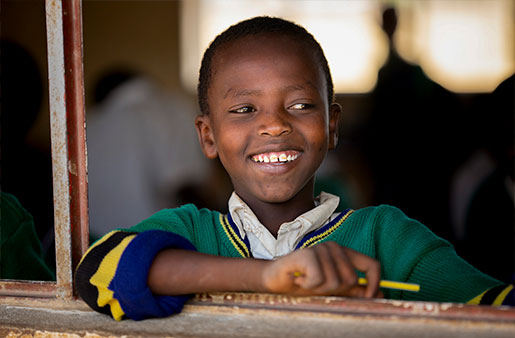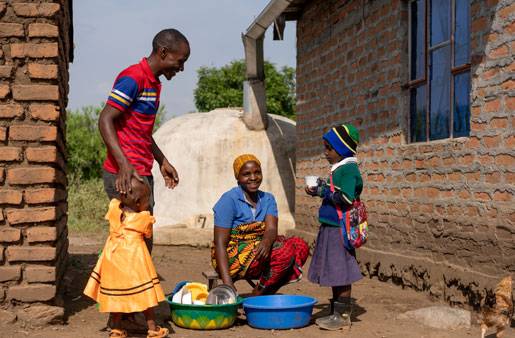Monitoring and Evaluation
Gathering baseline data, tracking recipients’ progress, measuring challenges and successes, continuously interviewing recipients, and testing water quality are all part of what makes our projects successful. We monitor the students’ health and measure their success through an evaluation process designed by the University of Washington’s Epidemiology Department. Parents are interviewed at the initial village meeting, and childrens’ health is evaluated before and after receiving aid. Water quality testing is also done on both the residential rainwater harvesting systems and the school rainwater harvesting systems. Recipients of the Women’s Water Initiative are interviewed extensively and regularly.
How We Measure Results
 According to a study by Blue Planet Run:
According to a study by Blue Planet Run:
- Over 50% of all water projects done in developing countries fail.
- Less than 5% are visited after implementation.
- Far less than 1% have any long-term monitoring.
Save the Rain is committed to efficiency and sustainability. We will always create rainwater solutions to supply the most amount of people, for the longest amount of time, in the shortest amount of time, for the least amount of money. Successful development comes from cultivating and nurturing relationships. As part of this, we are committed to comprehensive data collection and follow-up.
Before Construction:
- We interview both teachers, parents, and community members within the village.
- Our interview process involves one-on-one discussions with each individual. We ask them about the number of people in their homes, time walking for water, sanitation habits, child mortality, health, sociological issues, and income.
- From the teachers, we get data on attendance, performance, and health.
After Construction:
- Our project managers meet with water committees within the villages for maintenance and education.
- Every quarter, systems are reassessed, stored rainwater is tested, and teachers from the schools are re-interviewed.
- Every year, headteachers network to discuss improvements.
- Parents are re-interviewed yearly to determine successes and failures.
- Students are re-evaluated to track their growth and health progress.
The Women’s Water initiative:
In 2021, we interviewed 1160 women in 4 different regions and 24 different villages of Tanzania. With each coming year, we will continue to interview more. The demographic we interviewed varied regarding education. For example, 51%of the women had only completed primary school. In addition, 32% never attended school, and 12% were dismissed from school completely before the 4th grade.
The median age of the systems was 4.1 years old. The women interviewed received their rainwater collection systems between 2012 and 2020. Before receiving their systems, all of the women spent every day searching for water. 63% spent 7 to 16 hours each day, while 37% spent between 3 and 6 hours per day fetching water. In addition, 89% had at least one of their children accompany them, denying the child a day of education.
90% permanently removed their daughters from school to help their families search for water. Because of lost time searching for water, little remained for income-generating activities. As a result, 97% of families suffered significant challenges paying for things like school fees. This scarcity creates a generational repeat of the cycle of poverty.
More horrifying, 69% of the women reported experiencing sexual violence while searching for water, and 52% of those women had been violated six or more times.
 Once they had access to clean water at home, 96% reported that they never had to leave the house to search for water. Neither did their daughters, granddaughters, neighbors, or relatives. Nor had they been victims of sexual assault.
Once they had access to clean water at home, 96% reported that they never had to leave the house to search for water. Neither did their daughters, granddaughters, neighbors, or relatives. Nor had they been victims of sexual assault.
98% committed to the continuation of their daughter’s education and reinstated them in school.
91% now easily cover their cost of living and their children’s school fees. In addition, they reported doubling their livestock count and joining lending cooperatives in their village.
These statistics aren’t just a representation of the women interviewed. They are multigenerational and will continue to create remarkable change for the offspring.
Many other water organizations benchmark three years of successful functionality for their water systems. We see that as a failure. We build our systems as if our own families were dependent on it. And that is because they are. Our first system was built in 2005 and functions perfectly today.

